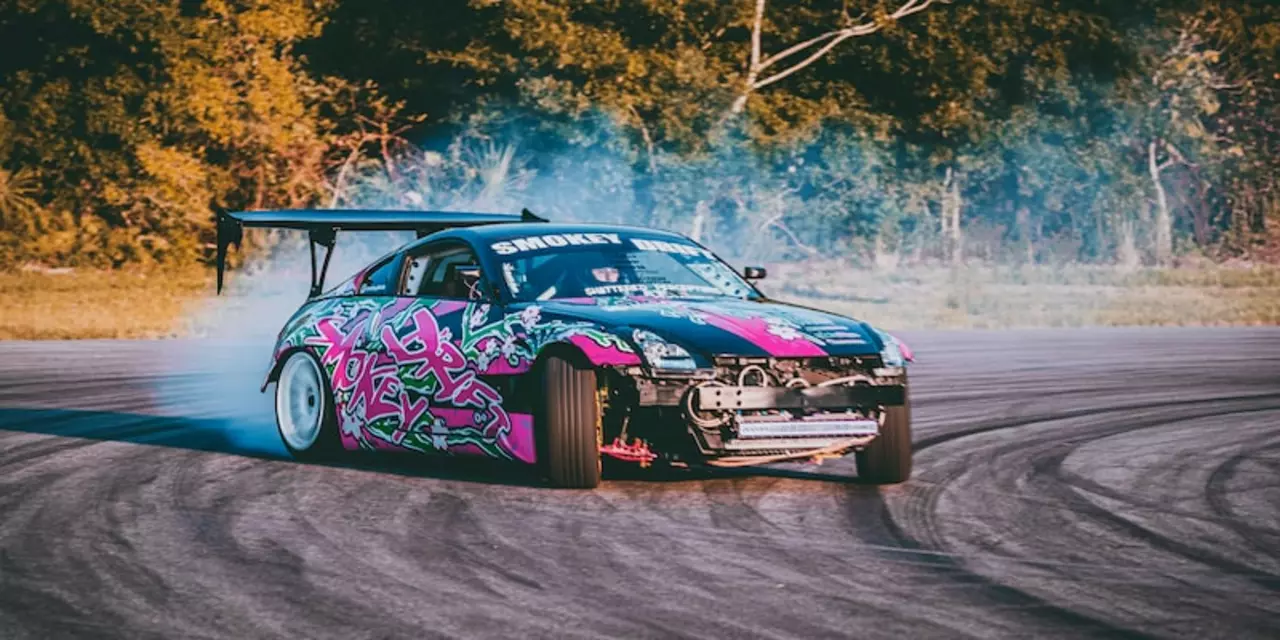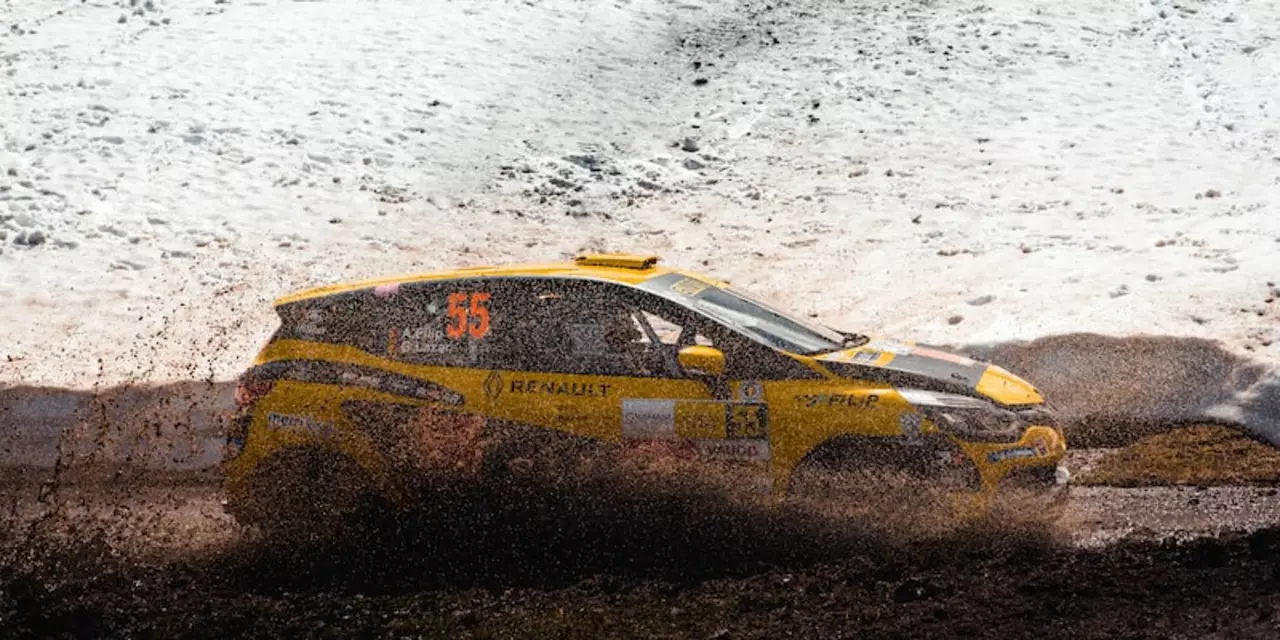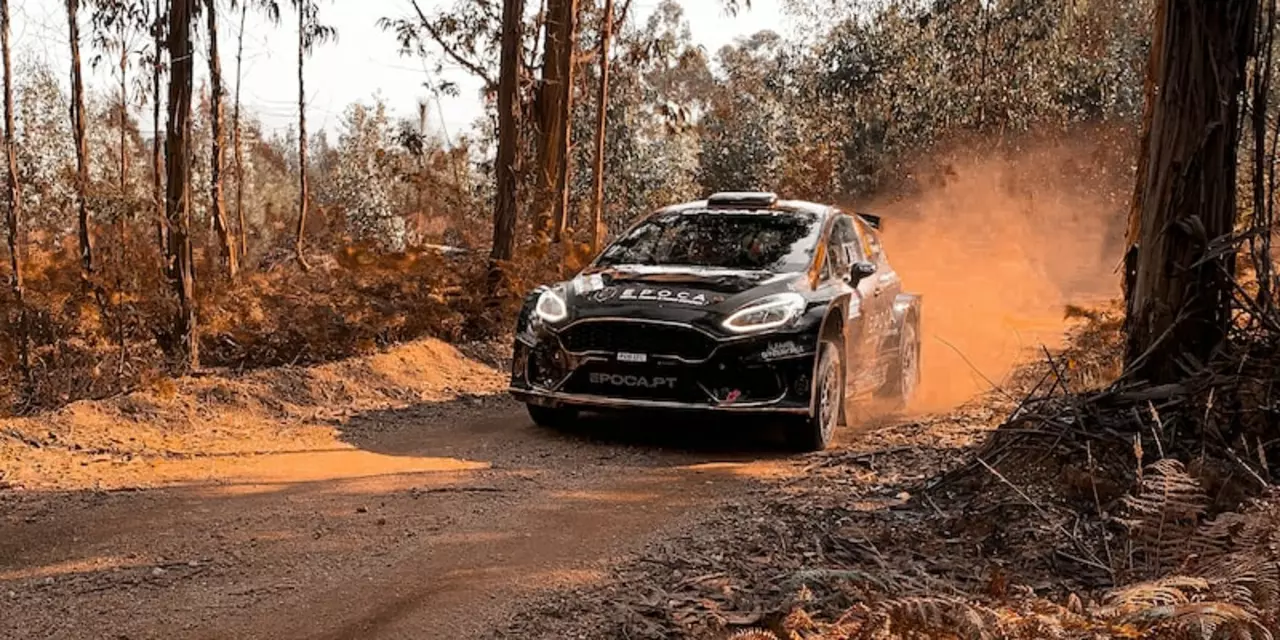Cars – All You Need to Know About Rally Vehicles
Welcome to the cars section of the UK Endurance Rally Hub. Whether you’re chasing the perfect gear shift, wondering how fast a rally car can really go, or need simple maintenance tips, you’re in the right place. We’ve gathered the most asked‑about topics from our posts and turned them into a quick guide you can actually use.
Gear and Shifting Basics
Rally drivers rarely use a regular manual gearbox. Most of them run a sequential box – think of it as a gear stick that only moves forward or back, no “skip‑gear” tricks. This design lets you change gears in a split second, which is crucial when you’re sprinting through tight forest stages. If you’re building a rally‑ready car, look for a short‑throw shifter and a dog‑ring clutch; together they cut shift time down to under half a second.
Front‑wheel‑drive (FWD) cars get a bad rap, but they can be surprisingly effective on loose surfaces like snow or gravel. The weight of the engine sits over the driven wheels, giving you better traction when you need it most. Of course, driver skill still matters – a smooth steering input and early braking make a FWD car feel planted even on a twisty climb.
Ever seen those long sticks sticking out of a rally car’s cockpit? That’s the hand‑brake, also called the “e‑brake”. Pull it and you lock the rear wheels, which lets you spin the car around a tight corner or hold a slide on a slippery patch. Learning to time the hand‑brake with throttle and steering is one of the core rally techniques, and it’s something every aspiring driver should practice on a safe, closed course.
Speed, Drift, and Performance
Rally cars can hit 120‑130 mph on a straight asphalt section, but most of the action happens far below that. On gravel you’ll see 80‑100 mph, while tight forest stages keep you in the 40‑60 mph range. The key isn’t raw speed; it’s how quickly you can change direction without losing grip. That’s why drift isn’t just a show‑piece – it helps you maintain momentum through a corner by controlling weight transfer.
Drifting works because the rear wheels slide sideways while the front wheels stay pointed where you want to go. When executed correctly, you keep the car’s overall speed higher than if you braked hard and turned sharply. Practice the balance: throttle enough to break rear traction, then counter‑steer to keep the car pointed where you need it.
If you’re asking how fast your own rally‑type car should go, start with the stage’s surface. Asphalt allows higher speeds, but you’ll need stronger brakes and a stiffer suspension. Gravel demands softer springs and a higher ride height to avoid bottoming out. Adjusting tire pressure for each surface is a cheap way to gain extra grip – lower pressure for loose dirt, a bit higher for smooth tarmac.
Maintenance on a rally car is all about resisting wear. Check your suspension bushings after every event, replace brake pads before they get too thin, and keep the differential fluid fresh. Small things like cleaning the cooling system and tightening wheel bolts can prevent a race‑ending failure later on.
That’s the quick rundown of the most common car topics on our site. Use these tips as a springboard, then dive into the individual articles for deeper details. Happy driving, and see you on the stages!
Why do rally cars drift around corners?
Rally cars drift around corners due to their incredibly advanced driving techniques, which enable them to take corners at high speeds while maintaining control. This is often done by transferring the car's weight, creating a balance between the front and rear wheels. This technique allows the car to maintain traction and grip, even on slippery surfaces. The driver also must use the throttle to control the car's speed and direction, allowing them to round the corner with precision. This technique is not only thrilling to watch, but it also helps the driver to maintain control and finish the course quickly.
Read MoreWhy do rally cars mostly sound the same?
Rally cars have an iconic sound that has become synonymous with the sport, but why do they all sound so similar? It turns out that rally cars must adhere to strict regulations imposed by the FIA (Federation Internationale de l'Automobile) in order to be eligible to compete in sanctioned events. These rules require that all cars have similar engine displacement, exhaust systems, and fuel injection systems, which limits the potential sound of the vehicles. Additionally, rally cars are limited to a particular octave range, which further homogenizes the sound of each car. This makes it easier for spectators to identify when a car is approaching, and also helps to maintain a consistent level of excitement throughout the race.
Read MoreWhy do Rally cars have two drivers?
Rally cars have become iconic symbols of motorsport and have been popularized in films, video games, and other media. Rally cars are different from traditional race cars in that they are driven on a variety of surfaces, including asphalt, gravel, and dirt. To be successful in a rally, two drivers are needed: a driver and a navigator. The driver is responsible for driving the car and navigating the course, while the navigator reads the directions and provides navigation instructions to the driver. The navigator is also responsible for keeping track of the progress of the car, alerting the driver of any obstacles or course changes. By working together, the driver and navigator can complete the rally course in the fastest time possible.
Read More



